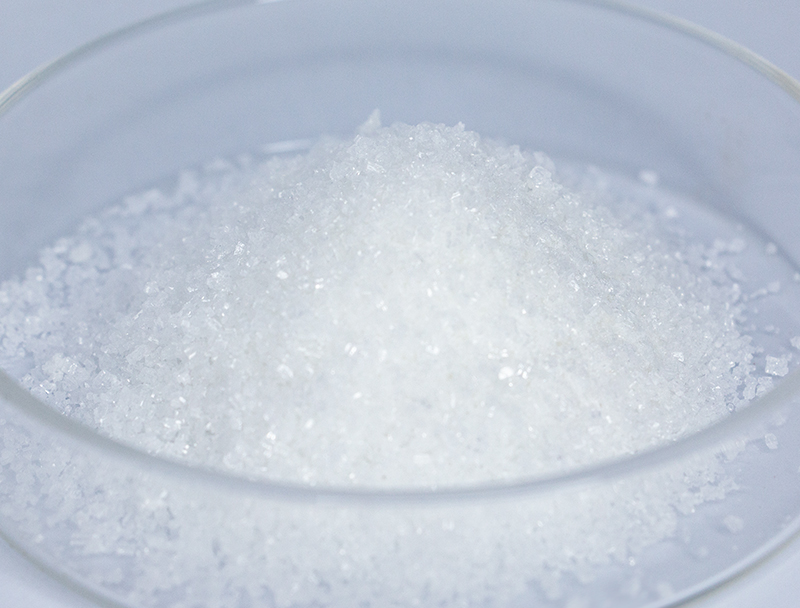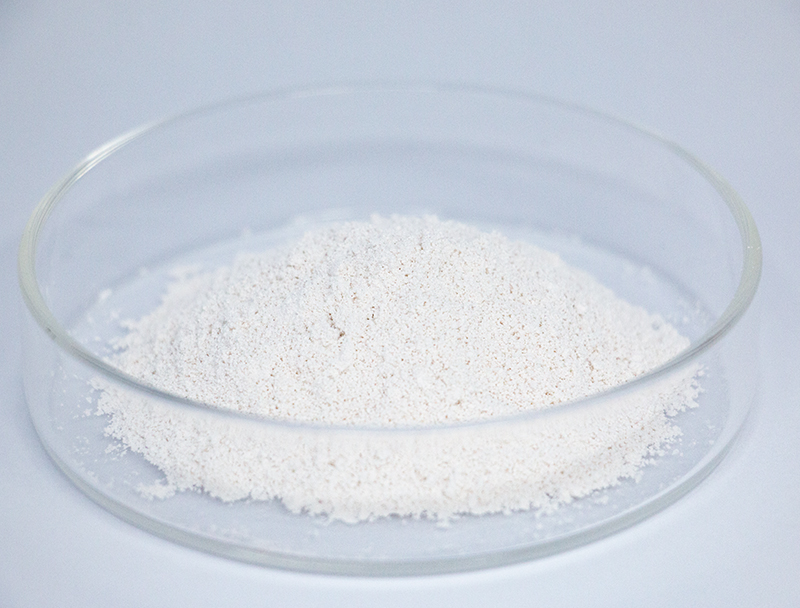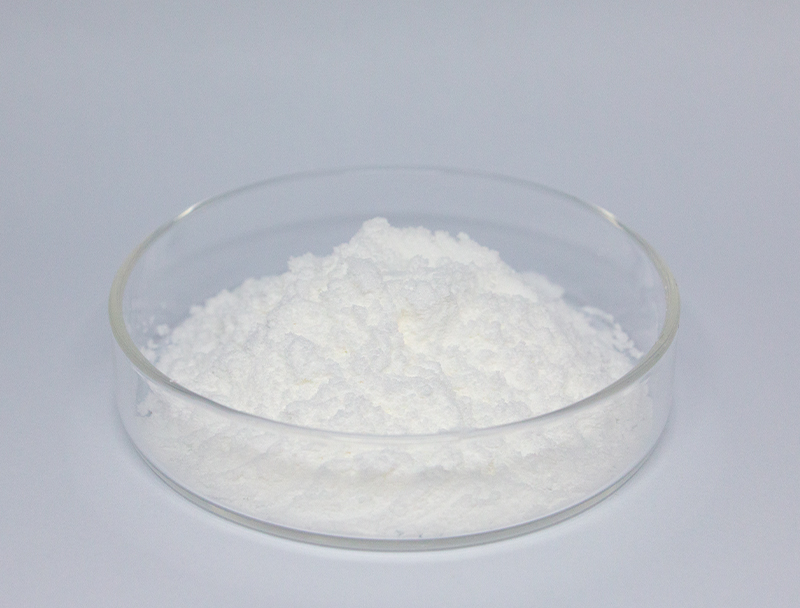
Large-scale bioproduction hinges upon a wide assortment of feedstocks to manufacture advanced biological products.
Preserving long-term supply of raw inputs is indispensable to sustainable success and conscientious scaling.
several issues arising from typical material sourcing for example habitat harm and overextraction of resources. Thus, organizations must explore circular sourcing options to lessen environmental harm.
- Situations demonstrating ethical sourcing encompass:
- Adopting organic-origin materials from crop remnants
- Installing reclamation workflows to diminish waste and heighten recovery
- Teaming up with provincial partners who practice sustainable procurement
Transitioning to green supply models secures ecological benefits and economic upside.
Maximizing Feedstock Quality for Increased Biofuel Output
Raising biofuel yields involves refining feedstock structure and content. Scientists are constantly exploring novel strategies to optimize these feedstocks, facilitating elevated yields and a renewable energy transition. Programs combine genetic improvement for biomass productivity with conversion technologies to access fermentable substrates.
- Similarly, research probes algae, byproduct streams, and harvest remnants as potential sustainable sources to augment biofuel feedstocks.
- Through these continuous efforts, the field of biofuel production is poised to make significant progress in the coming years, paving the way for a more renewable energy landscape.

Upstream Process Improvements for Modern Biopharma Production
represents the initial stages of biopharmaceutical manufacturing, encompassing all steps from cell culture and cell harvesting Contemporary breakthroughs have refined protocols and elevated product throughput.
Meaningful breakthroughs include engineered cell strains, enhanced culture formulations, and modular reactor designs. These advances improve throughput while lowering both operational expenses and ecological footprints.
- Furthermore, there is a growing trend towards continuous processing in upstream processing, allowing for increased flexibility over the production process.
- Implementing cutting-edge manufacturing technologies will probably redefine workflows and accelerate innovation.

Next-Gen Gene Editing for Enhanced Protein Expression
developments in targeted genetic engineering methodologies have modernized drug manufacturing. With exact genomic alterations, researchers improve host productivity for therapeutic manufacture. The strategy paves the way toward accessible, high-yield therapeutics across disease spectra.
Applying Microbial Tools to Improve Environmental Remediation
promising microbial strategies enabling effective environmental cleanup and restoration. Selected microbial cultures can remediate contaminants through biodegradation pathways.. Utilizing microbial metabolism supports eco-friendly site cleanup methods that limit secondary harm from remediation.. Scientists are actively exploring a wide range of microbial species with diverse metabolic capabilities to target various pollutants, including heavy metals, pesticides, oil spills.. These microorganisms can be employed in bioreactors or directly at contaminated sites, promoting the breakdown of pollutants through biodegradation processes..
Biotechnology-driven remediation delivers notable upsides compared to conventional cleanup tactics. Such strategies are budget-friendly and lessen the creation of harmful byproducts. Similarly, microbe-based remediation affords specificity that avoids extensive ecosystem disturbance. Ongoing innovation aims to boost the throughput and efficacy of microbe-driven remediation approaches.
Leveraging Bioinformatics for Novel Therapeutics
Data-driven bioinformatics is critical for modern pharmaceutical innovation. By screening targets and refining candidate molecules, informatics drives faster, evidence-based development.
- Using extensive genomic, proteomic, and patient data, analysts discover targets and anticipate therapeutic performance.
- Additionally, simulation tools enable prediction of binding and activity, guiding creation of more potent drugs.
- Ultimately, bioinformatics modernizes development workflows and expedites access to safe, beneficial medicines.
Metabolic Engineering Strategies for Enhanced Bioproduct Synthesis
implements many strategies to improve microbial output of desired bioproducts. Methods might combine targeted gene changes to rechannel flux, regulatory element design to control expression, and exogenous gene introduction to provide fresh capabilities.. Via targeted metabolic optimization researchers can meaningfully escalate production of desired biochemicals.
Such an integrated approach may disrupt diverse fields including therapeutics, crop science, and sustainable fuels.

Scaling Biopharma: Difficulties and Strategic Opportunities
Transitioning to higher volumes entails serious complications and potential rewards. Retaining quality standards during scale enlargement is a core difficulty. Addressing it demands strong process governance, accurate real-time analytics, and advanced measurement systems.

Complexity in multi-step biomanufacturing operations presents ongoing operational challenges.. Translating lab methods into scalable operations needs heavy research and technology breakthroughs.. Despite challenges, the benefits may be considerable. Skilled scaling can enlarge supply, lower prices, and increase profit potential.
Several projects are designed to mitigate these scaling barriers. Examples include novel optimization technologies, predictive analytics for real-time control, and inventive production models.
- Ongoing innovation drives improvements in industrial production capability.
- Regulators are reforming approval systems to facilitate adoption of advanced manufacturing and nurture innovation.
Charting Regulatory Pathways for Biologics to Safeguard Patients
Creating biologic medicines requires strict regulatory controls to maintain both patient safety and therapeutic value. Biologically derived medicines entail particular manufacturing and regulatory complexities compared with chemical drugs.
Agencies such as the FDA in the United States and the EMA in Europe play a crucial role in establishing guidelines and standards for the approval of these innovative therapies..
Stringent experimental and surveillance testing occurs across the entire development-to-market continuum. These steps are designed to surface risks and verify that biopharmaceuticals comply with elevated safety thresholds..
Similarly, regulators iteratively adjust approaches NMN to accommodate emerging biopharmaceutical breakthroughs.. Programs embrace modern technologies and foster development speed while maintaining patient-centered safeguards.

Plant-Derived Inputs for Next-Gen Bioplastics
The growing need for sustainable materials has led to a surge in research and development of renewable options. Among these, bioplastics, produced from plant-derived biomass feedstocks, offer a promising avenue towards a greener future. Organic feedstocks like cornstarch, cellulose, and sugarcane can be converted to compostable polymers that shrink the environmental footprint of plastics.
Likewise, some plant-derived plastics perform similarly to petroleum-based materials for a variety of uses.. Continued research and innovation in this field are crucial to unlocking the full potential of plant-based biomass feedstocks in the manufacture of sustainable bioplastics, paving the way for a circular economy.
This Emerging Impact on Public Health and Food Systems
Biotech innovations hold promise to dramatically impact health and the reliability of food systems. Using genome engineering, synthetic biology techniques, and cell-based treatments, innovators devise ways to tackle pathogens, amplify yields, and improve nutrition.. A concrete example includes modified crops engineered for pest and stress tolerance that yield more while decreasing pesticide needs. Furthermore, biotechnology supports creation of vaccines, therapeutic agents, and advanced diagnostics that strengthen responses to infectious threats and enhance health outcomes.. Going forward, advancements in biotechnology are likely to yield interventions that improve health and advance sustainable food systems globally.
